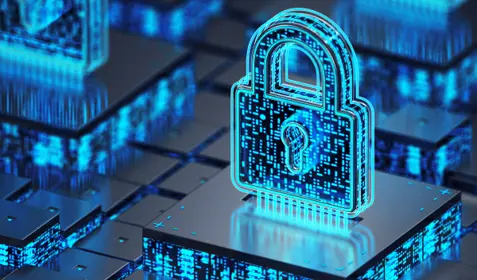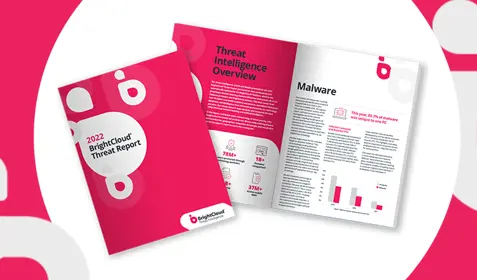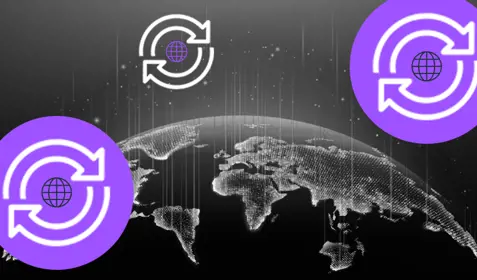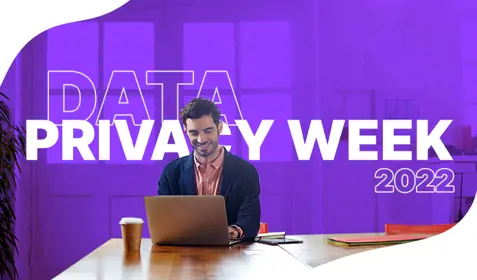OpenText Cybersecurity 2020 Threat Report highlights several vulnerabilities for businesses and consumers, starting with Windows 7. The venerable operating system stopped updates, support and patches earlier this year. This creates security gaps that hackers are all too eager to exploit. In fact, according to the report, malware targeting Windows 7 increased by 125%. And 10% of consumers and 25% of business PCs are still using it.
Why are businesses slow to update?
Some businesses haven’t upgraded due to incompatibility with old hardware or software. But running an obsolete operating system creates a larger surface area for attacks. Delaying upgrades could cost far more than biting the bullet now.
Webroot Security Analyst Tyler Moffitt points out that a regulatory violation due to a data breach could cost $50 per customer per record. “For one Excel spreadsheet with 100 lines of records, that would be $50,000.” Compare that with the cost of a new workstation that comes pre-installed with Windows 10 at around $500. Upgrading is far cheaper.
Windows 10 has the added advantage of running automatic updates, which reduces the likelihood of neglecting software patches and security updates. Continuing to run Windows 7 effectively more than doubles the risk of getting malware because hackers scan for old environments to find vulnerable targets. Making matters worse, malware will often move laterally like a worm until it finds a Windows 7 machine.
While businesses are most vulnerable to Windows 7 exploits, consumers can hardly breathe easy. Of all the infections tracked in the 2020 Threat Report, the majority (62%) were on consumer devices. This does, however, create an additional risk for businesses that allow workers to connect personal devices to the corporate network. As the report states, “With a higher prevalence of malware and generally fewer security defenses in place, it’s easier for malware to slip into the corporate network via an employee’s personal device.”
And don’t forget about these …
The 2020 Threat Report highlights several other vulnerabilities for businesses and consumers. While many of these threats have been on our radar for a while, it’s important to remember that cyberthieves continue to modify old tactics to make them harder to detect. What follows is a brief summary of risks. Read the full report for a more detailed breakdown.
- Phishing – 640% increase in phishing attacks over the past year. Attacks are becoming more sophisticated. Many are even hosted on benign domains.
- Remote Desktop Protocol (RDP) – When turned on, this built-in Microsoft tool gives anyone the ability to request an unlimited number of connections, making it an attractive target for a brute force attack. Even good passwords can be cracked with an unlimited number of attempts.
- Cryptojacking – The cryptocurrency landscape shifted significantly with the shutdown of Coinhive and the emergence of Monero, a cryptocurrency that focuses on fungibility, privacy and decentralization. Crypto-mining at scale can be highly profitable, making businesses attractive targets with substantial resources available to exploit.
What about backup?
Backup has been highly successful at thwarting attacks because it gives businesses and individuals the option to restore clean files after an infection. But with an expanding regulatory environment, there’s more to worry about than just having your data held hostage. The high cost of privacy violations makes the threat of publicizing data enough to motivate businesses to pay up. According to Moffitt, “with privacy regulations like GDPR and CCPA in full effect, we are likely to see ransomware threatening to leak important customer data to increase the likelihood businesses will pay, even if they have adequate backups in place and don’t need the files back.”
It only serves to underscore the importance of a multi-layered approach to security to ensure robust cyber-resilience.










